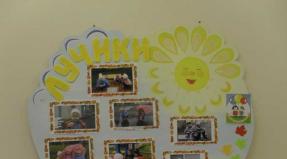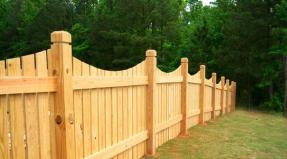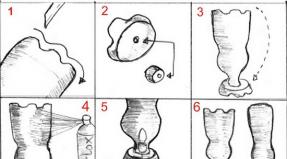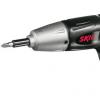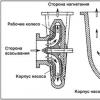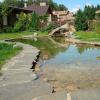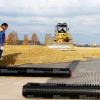Landscape forms and compositions in the urban landscape
A modern big city does not always please our eyes with beautiful views: it usually has too many cars, people, noise, fuss and everything else that we like to relax in resort towns or in nature, in the country or in a country house.
High-rise buildings, paved streets, an abundance of transport, all this creates a completely antagonistic natural, urban landscape - hard, gray, angular, looking at which it is not surprising to get a portion of stress every day.
City parks are also very remotely reminiscent of a natural, natural landscape, but much more preferable than gray streets. A large number of trees and other park vegetation give a person much-needed peace, positively affect his psyche. For many, leisurely walks in the park on weekends have become a good tradition, and on weekdays we still spend most of our time on the streets or underground in our cities.
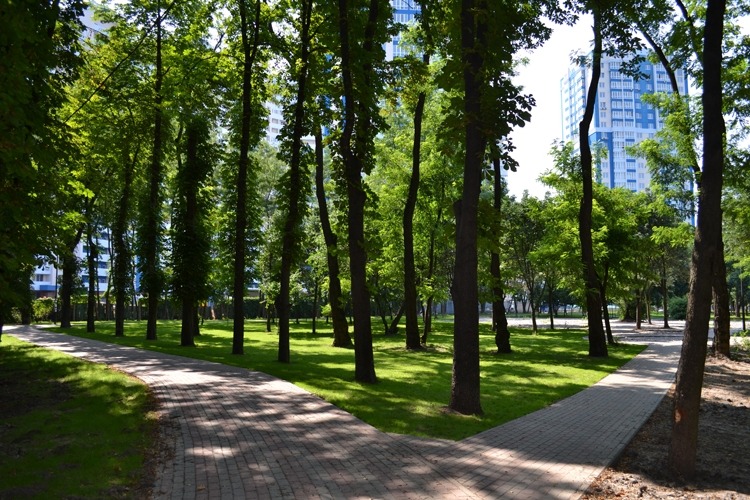
Improvement and gardening of the city
Interestingly, even on gray, completely paved sidewalks, next to a noisy stream of cars and bustling people, you can sometimes find real works of landscape art: small flower beds, spectacular flowerpots with flower arrangements, fountains, various art objects, decorative gardens and front gardens, with private households, shops and cafes. It is especially pleasant to see these colorful landscape compositions against the background of dullness and, often, dirt of the surrounding urban landscape.
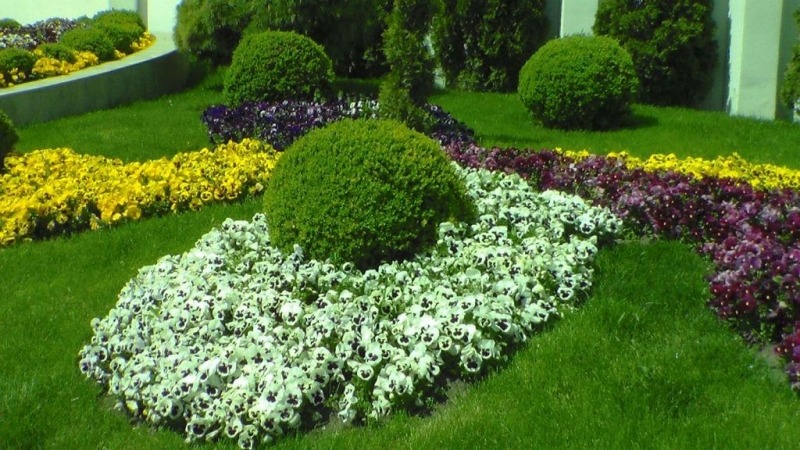
Many, even typical, flower arrangements found on city streets are so interesting and original that it will be useful for both experienced gardeners and landscape design lovers to adopt architectural and landscape solutions for arranging flower beds and flowerpots.
Outdoor flowerpots and flower girls
One of the interesting compositional techniques for placing flower plants is the use of various outdoor flowerpots, flower girls and containers to form flower beds made in various architectural styles from concrete, wood,.
Various options for outdoor flowerpots made of concrete unites their functionality: they must be roomy enough so that the cubic capacity of the soil is enough for the comfortable cultivation of various plants. The practicality, stability and durability of concrete flower beds, vases and flower beds for placing flowers is also obvious, in addition, their appearance can be quite original thanks to classic Soviet retro ornaments.
These concrete structures for flowers can sometimes be several decades old, which adds historical value to their decorative effect. The austerity of the geometric shapes of concrete flowerpots contrasts with colorful and graceful colors, creating an original visual effect and decorating city streets and alleys. the estimate of landscape costs for the installation of landscape forms of concrete consists of the cost of fittings, mortar, painting, rigging and handling.
In modern urban landscape design, such retro-style art objects, one might say, are back in fashion. Despite the simplicity and monotony of ornaments of concrete tubs, the design of each of them is individual due to the variety of flowering and coniferous plants.

In the garden interiors of private households, concrete containers for flowers are not often seen, but in the city, especially in the central and long-built part of it, they have been decorating the streets since Soviet times.
concrete flower beds are also a common option for landscaping and landscaping the adjoining territories of multi-storey buildings.
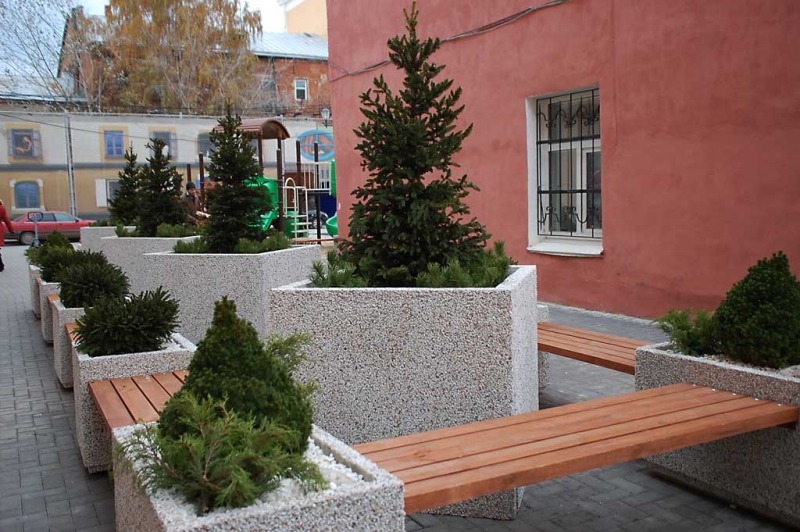
Do-it-yourself arrangement of such structures for flowers is quite difficult, so a more common solution in landscape design is to use wooden or wood-covered containers for plants.
Wooden tubs and boxes for flowers are also one of the common types of flower beds in the city: they can look quite impressive due to the bright coloring, and at the same time they are practical and hard-wearing.
With flower plants and conifers can be found on the main streets, near shops, near old buildings, in parks and squares. Plants placed in large tubs require regular and abundant watering, since moisture leaves the small volume of soil raised above the asphalt quite quickly.
Covering material and protecting the upper soil layer will help to provide sufficient moisture and create original color combinations: pine bark, pebbles or decorative stone of small fractions.
One of the classic options for organizing flower beds raised above the ground can be partitions from 15 cm to half a meter and higher, the space between which is filled with fertile soil.
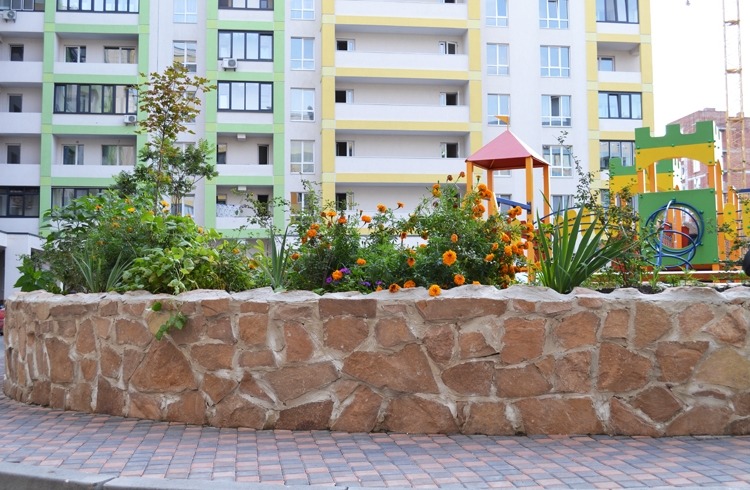
Placing plants above ground level will not only prevent waterlogging if the site is close to groundwater, but will also help make landscape architecture more original.
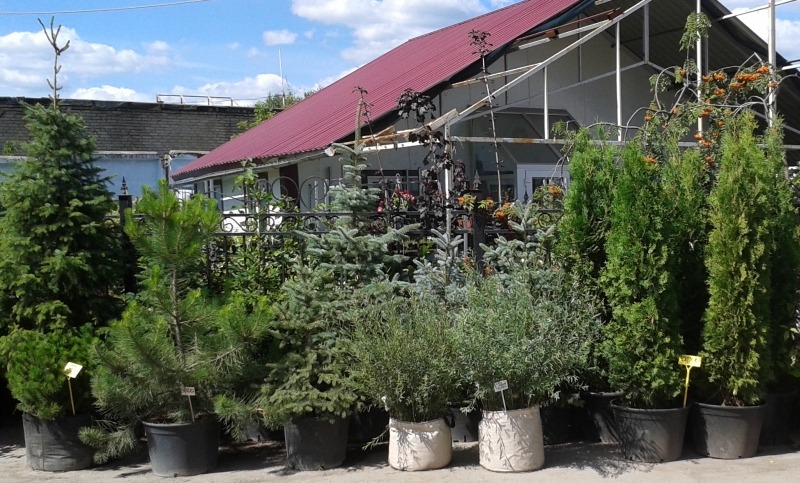
It happens that the soil on the site is excessively clayey or too light, sandy, which may not be suitable for growing all types of flower crops. The device of a raised flower bed above ground level in a container made of concrete, wood or plastic, where you can add a suitable type of soil, will provide plant species diversity even in a small area with a specific soil composition.
Obviously, the appearance of outdoor flowerpots is only half determined by the design of flower containers - the compositional solution of flowers and ornamental plants plays an equally important role. A beautiful flower bed will decorate any tub or flowerpot, empty land or weeds, on the contrary, will reduce the attractiveness of even the most spectacular composition.
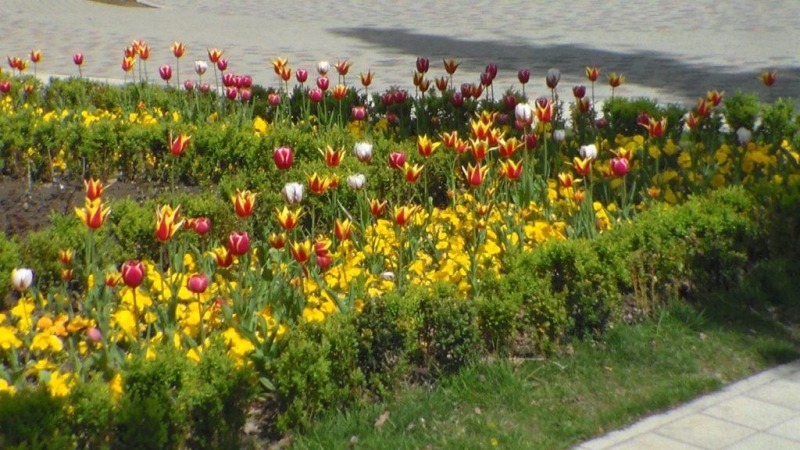
There are no strict rules for combining architectural forms with one or another plant content. At the same time, classic flower beds remain the most popular in street landscape design, pleasing to the eye with their colorful variety, consisting of many plants, each of which is beautiful in its own way, and at the same time all the flowers together form something like a living carpet or bedspread with exquisite ornaments. .
The most common flower plants in the flower beds of modern cities, at least in spring, are tulips and pansies, against which perennial conifers or flowering trees are often placed. The compositional solutions used in the arrangement of flowerbeds can hardly be called original, but due to the large number of flowering plants of the same type planted in classic geometric shapes, a rather interesting visual effect is created.
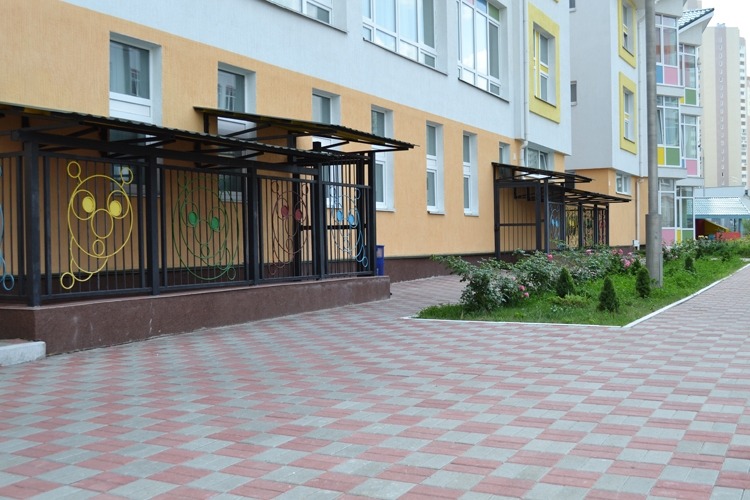
Fountains
Fountains can be considered one of the symbols of the urban landscape: ordinary, multi-jet, colored, cascading or musical - all this variety decorates the central streets and alleys with cheerful splashes and rainbows.
Today, European-style fountains have become fashionable, which hit directly from special nozzles placed in openings on the same level with asphalt or paving stones. At the same time, water runoff and recirculation is provided by a through drainage system located below the level of the asphalt concrete pavement.
The combination of multidirectional jets and color-musical effects allows you to create original and fascinating compositions. At the same time, the installation of fountains of this level implies the use of rather complex and labor-intensive technologies that make it difficult to arrange similar landscape objects in private households.
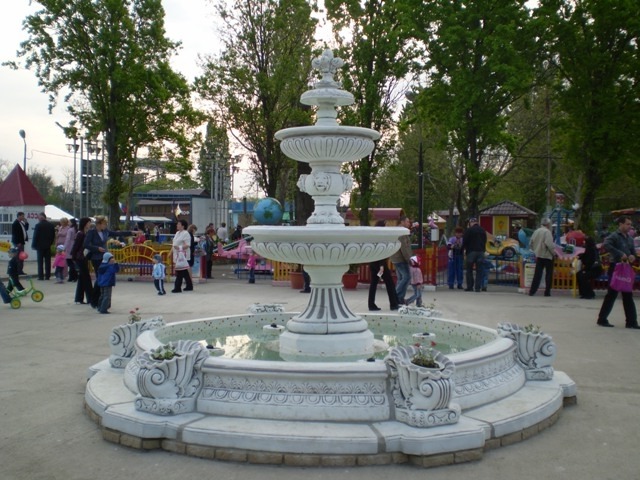
A more common and familiar option for arranging landscape water systems is a regular fountain with one or more nozzles and a bowl with sides to fill with water. The most common form is a round fountain, the bowl of which is most often decorated with colored mosaics or small squares of ceramic tiles. The color and transparency of the water are directly determined by the capabilities of the fountain's cleaning and drainage system.
Old city fountains often have an almost magical, bewitching sophistication that many of their modern counterparts lack. Ancient sculptures, natural mosaics, original shape - all this adds historical and decorative value to such fountains.
Painting and landscaping of building facades
Another recently popular way to decorate the gray landscape of city streets has become painting facades of multi-storey buildings and technical buildings cities. Decoration and painting of building facades - airbrushing, street art in the style of graffiti is gaining more and more popularity.

Landscaping of facades and roofs of buildings is also gradually becoming an element of the urban landscape, but such a way to embellish the facades of buildings and add a piece of nature to the realm of asphalt and concrete is quite rare.
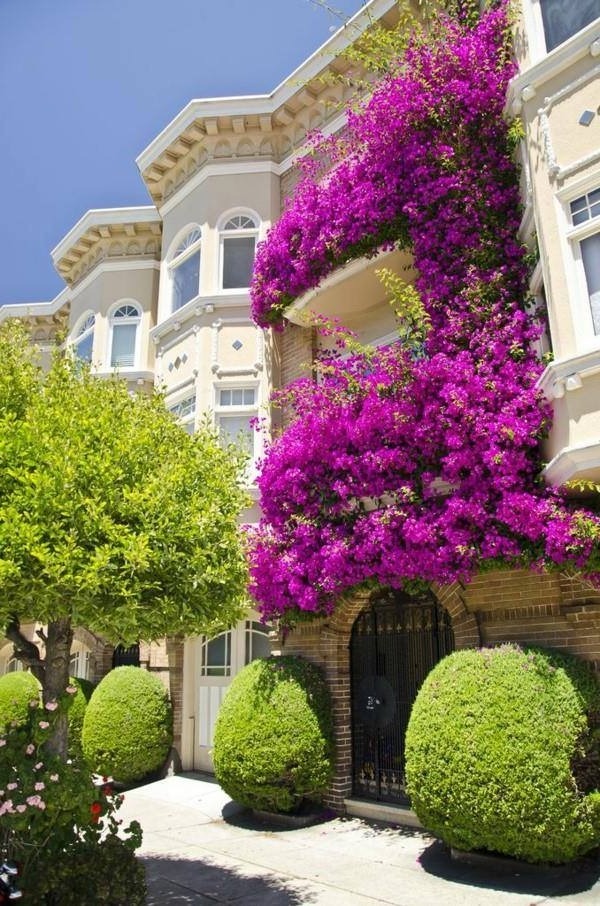
Landscaping of facades is not so popular yet, because. burdened with significant costs for the implementation of vertical gardening, and regular plant care. In addition, the climate is less favorable than in Europe to such masterpieces, more and more often you can find such solutions within the interiors of buildings - phytowalls.
Decorative sculptures, figurines and art objects
Already quite often in the squares, parks and courtyards of the city you can find various modern sculptures and figurines.
Made of wood or reinforced concrete and brightly colored, they fit very harmoniously into the landscape and bring their own part of the attraction.
Various sculptures of cartoon characters and animals were most liked by children, who have places to climb and play.
What forms the appearance of modern cities is architecture, infrastructure and, of course, parks, flower beds, alleys and other components of urban landscape design. To make it original and pleasing to the eye, it is not enough to create new landscape elements - on the contrary, it is important to preserve the traditions and style inherent in old art objects: fountains, squares, ponds and flower beds that have been decorating the streets of our cities for many decades.
